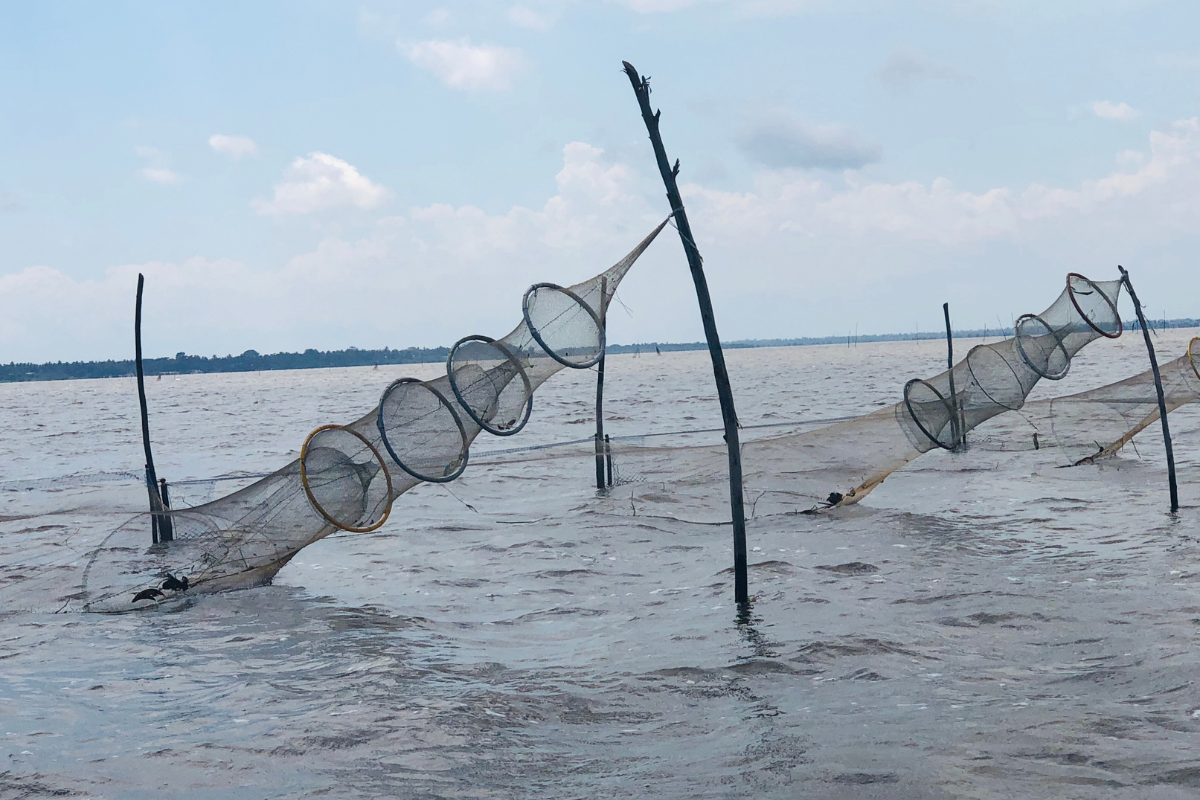Navigating the Shallow Waters of Lake Togo

We exited Lomé, the capital of Togo, through Boulevard Du Mono. This highway is built along the country’s southern coastal strip in the Maritime Region.
The taxi I had boarded was Aného-bound, but I didn’t go all the way to Aného. Instead, I alighted in a small town known as Agbodrafo, about 30 kilometers east of Lomé. From the highway, I walked to the neighboring Lake Togo. As I always say, walking enables me to observe and absorb more.
My destination was Togoville, found on the other side of the lake. That means, I had to find a way to cross the lake. Hotel Du Lac offers luxury, private boat rides at ten dollars (one-way ticket) while public transportation costs about a tenth of a dollar. However, public boat operators charge foreign tourists tenfold.
Lake Togo’s shallow depth enables local boat operators to propel their engineless, flat-bottomed vessels by pushing long poles against the surface of the lake. This kind of marine propulsion is known as punting.
This trip was also an opportunity to learn new fishing methods. Lake Togo fishermen set up their traps which, in turn, catch fish in their absence. I would love to have a fishing experience, but time wasn’t on my side.
The formation of Lake Togo is linked to the natural expansion of a lagoon separated from the ocean by a sandbar. The lake drains into the Atlantic, near the border with Benin.
While in Togoville, I witnessed the practice of barter trade and learned more about Voodoo doctrines and rituals. In addition, I visited the Shrine of Our Lady of Lake Togo and encountered folks who embrace both Christianity and Voodoo faith.
Finally, I paid a visit to a youth center run by the Vapor Ministries. At the center, I saw how soccer is used to mobilize and empower young people. More details about my tour of Togoville will be shared in one of my upcoming posts.